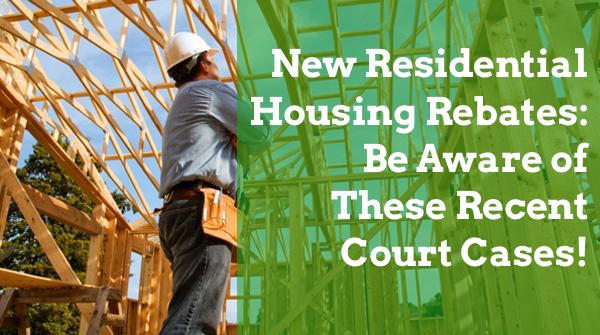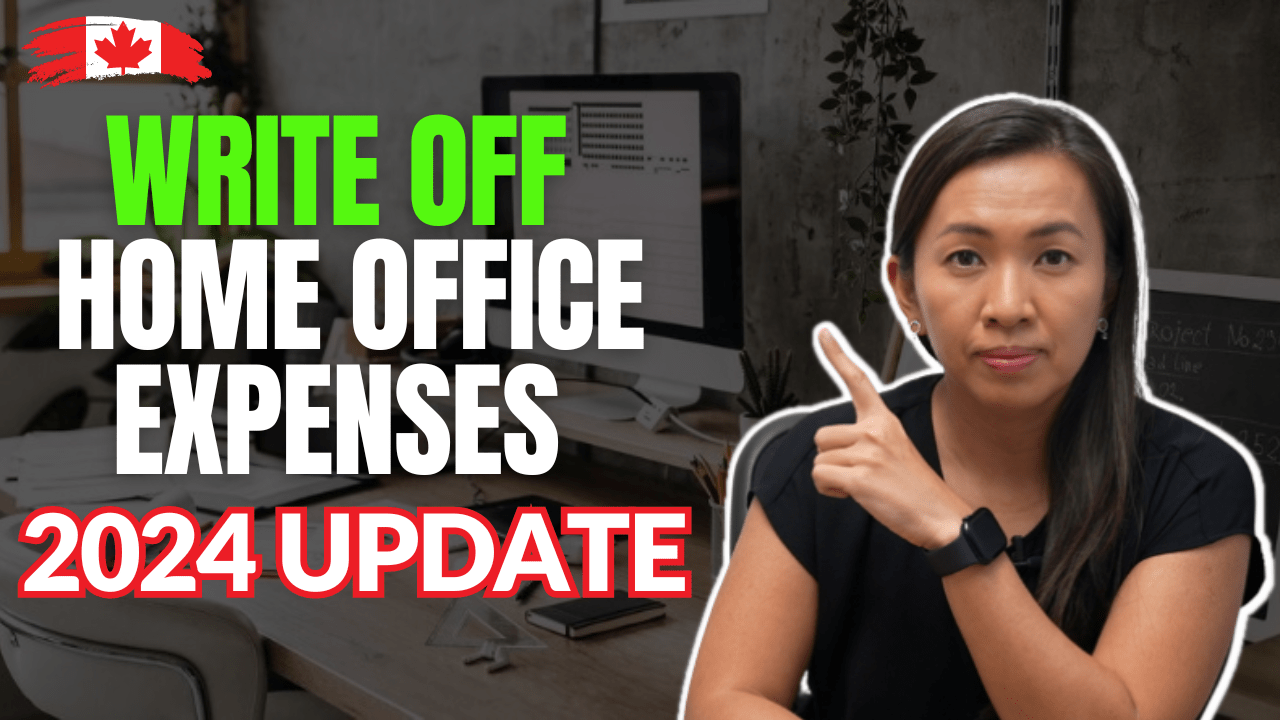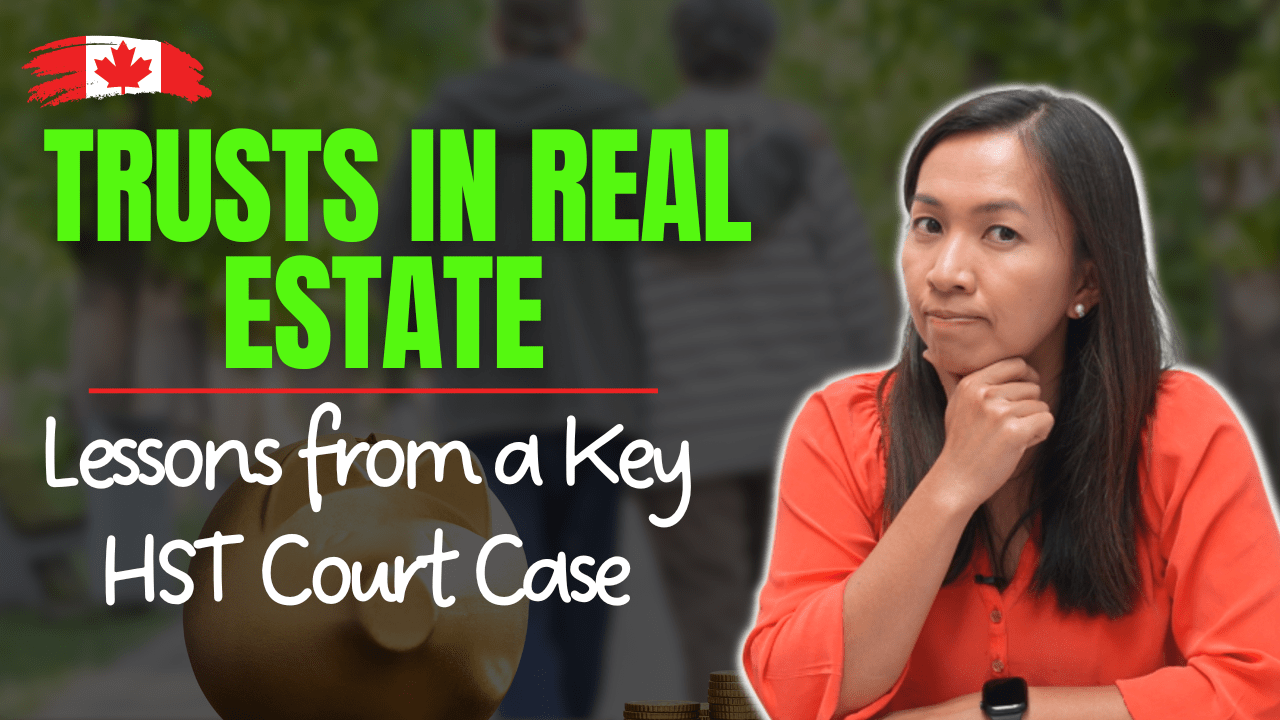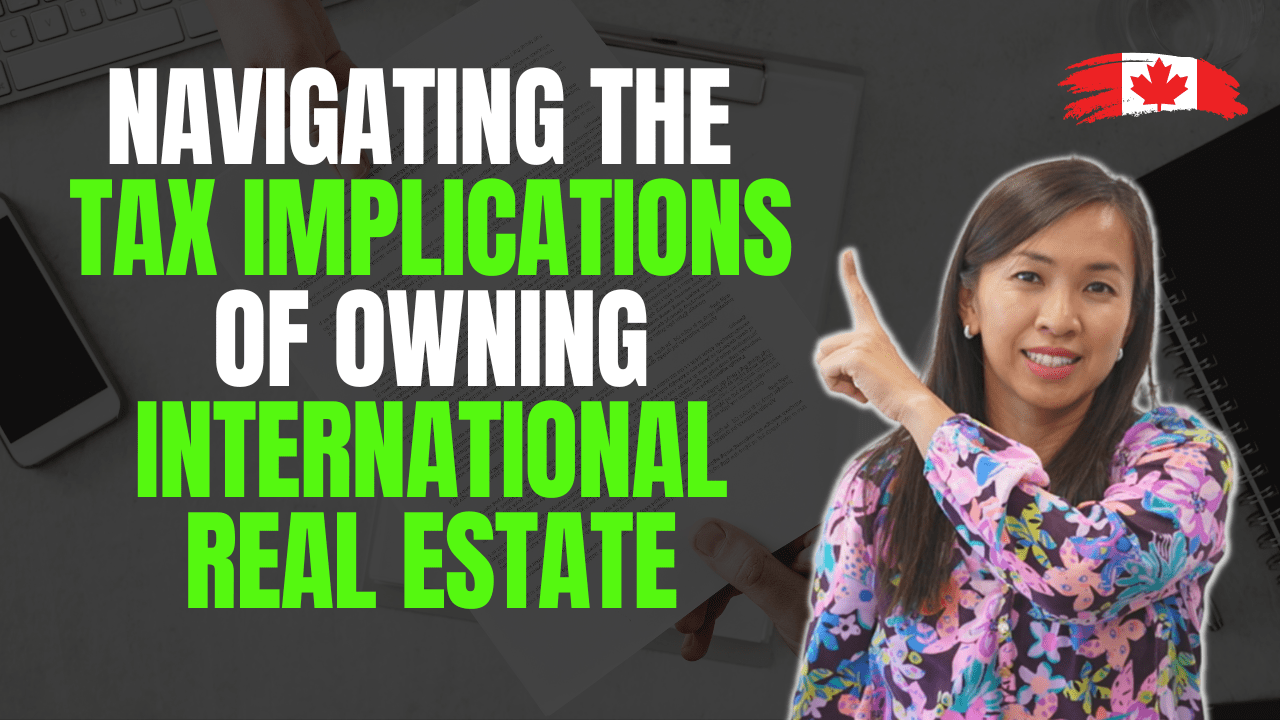I didn’t grow up with money.
 My family was relying on a lot of government help when I was young. We first got into temporary housing; a similar style to townhouses, except that they were built with metal and they were tiny.
My family was relying on a lot of government help when I was young. We first got into temporary housing; a similar style to townhouses, except that they were built with metal and they were tiny.
We applied to “move up” and we got accepted to move into a new build apartment building in a suburban area in Hong Kong. At that time, the area was relatively new and no one wanted to live so far away from the city centre.
We went nonetheless.
I was still a little girl, probably around 6 years old. I still remember how full the garbage bins were at the bottom of the building when we first moved in.
They were not full of groceries or anything. They were full of brand new toilets and other new construction materials.
Despite the fact that we were moving into a brand new building, many of the families at the time still thought that they needed to renovate more.
Everything had to be new.
This culture is still around after so many years. Most Chinese families, in Hong Kong or in Canada, preferred to buy something new or renovate from top to bottom. The renovations can involve bringing in many contractors, from plumbers to electricians, all to help reshape a building into a new image. With the work it takes, it’s understandable that people often jump to just getting a new home instead.
Who doesn’t love new homes anyway?
However, buying new homes often means that you have to wait for them to be designed and then built from scratch.
From the moment you signed the “Agreement of Purchase and Sale” to the time, you could physically move in, it could range from a year to five years down the road.
Like anything you purchase here in Canada, you have to pay HST when you purchase a new build.
If the house is $500K before HST, you have to pay $565K in total ($500K x 1.13).
Yes, you do get a HST rebate back. In our case, HST rebate on this house is $24,000.
You would normally pay $541K for this particular house.
Most people mistakenly think that they get their full HST back. Unfortunately that’s not the case. You only get the rebate, which is only a portion of the money back.
This $541K is the advertised price posted by the builder, with the assumption that you would be moving into the unit. (You are eligible to assign the HST rebate application to the builder if you move into the property. The builder will get the HST rebate on behalf of you and you only pay the builder $541K instead of $565K.)
Yep. This means that you are declaring that you are moving into the unit five years from now.
Life still goes on while you wait for the house to be built. Sometimes it gets better and sometimes it gets worse.
In a recent court case, a taxpayer originally purchased a new home with the intent to move in after his wedding. Unfortunately the couple split up and the wedding didn’t happen. He sold the house a short time afterwards.
CRA disallowed the HST rebate application on the basis that the taxpayer did not have the intention to move into the new home as the primary residence, largely based on the fact that he didn’t change his address with CRA and Ministry of Transportation from his parents’ house, which he lived before, to the new home.
He appealed to the court and he was able to win the case, because his hydro bills were sent to his new place and his friends’ testimony that they helped him moved from his parents place to his new place.
This also goes back to my previous blog post – keeping good documentation matters. Even as trivial and unimportant as hydro bills, they could still be evidence in court helping you to substantiate your position.
Keep in mind that to qualify for HST rebate under the New Residential Home Program, you need to demonstrate that you intend to move in at the time when you sign the agreement of purchase and sale.
Intention is a subjective matter. Providing all corroborative evidence to substantiate your claim would definitely help the position of your claim.
On the other side, if your intention was truly to invest in a newly built home and you have never had the intention of moving in, don’t lie.
You still have a chance to claim the same HST rebate back. All you need to do is to come up with the money up front.
In one 2016 court case, a taxpayer moved into a new house for half a year and moved back in with her husband afterward and rented the new residence out. Although this taxpayer claimed that she moved in, she was unable to provide independent evidence, such as hydro bills, to substantiate her claim that she lived there before. Her appeal to the court was disallowed and she didn’t get her HST rebate back.
In another 2016 court case, a taxpayer claimed that he or his wife was living in the new home while waiting for the current residence to be sold and repairs to be completed at the new home. They subsequently sold the new residence 3 months after closing.
Documentations could not be provided to support their intention to sell their principal residence. The taxpayer provided an agreement for sale for their current residence date 2 years afterward, trying to prove their intention to sell their old residence. Unfortunately, that was dismissed in court.
In conclusion, if you want to move into a new home, make sure you do move in, and you have evidence such as bills showing that you have moved in.
If you are planning to purchase a new built as your rental, make sure you do not assign the right to the builder to claim the residential rebate back. All you need to do is fill out a different form and you are eligible to claim the same amount of rebate back with a one year rental agreement.
If you are planning to flip the new house, consider renting it for the year to get the residential rebate back first. 🙂
Until next time, Happy Canadian Real Estate Investing
Cherry Chan, CPA, CA
Your Real Estate Accountant





